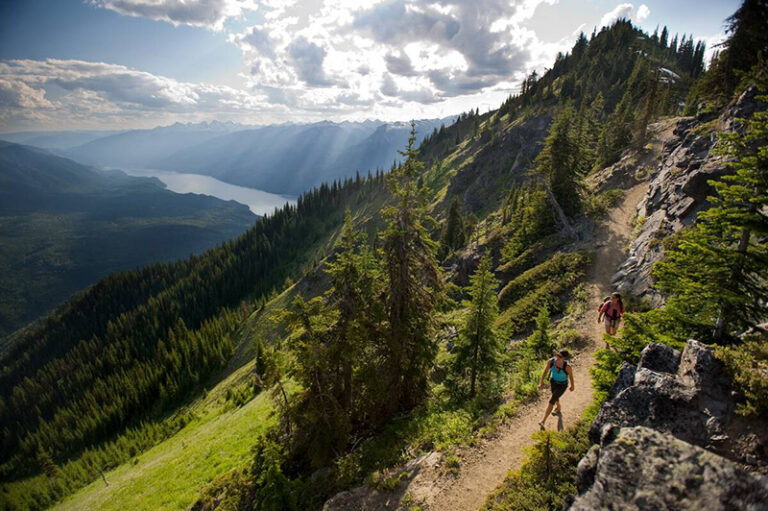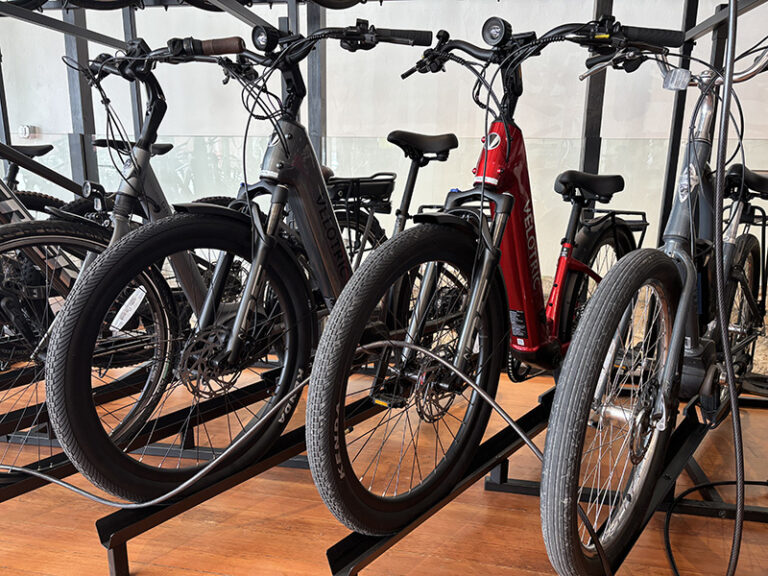The high water floating/rafting season runs from the first week of June through the first week of July. Travel time from the Spokane/Coeur d’Alene area ranges from 2.5-3.5 hours depending on the route you take.
Where to Go:
- Heller Creek to Spruce Tree Campground: 17 miles of wilderness canyon with Grade II-V rapids. Experienced paddlers only. Log jams, large waves, abrupt bends, violent eddies, and falls. No campgrounds. Accessible for a week or two in July.
- Spruce Tree to Gold Creek: 12 miles of Class II-III rapids. Six hours to float. Experienced paddlers in the spring. Lots of boulders. Accessible into August.
- Gold Creek to Bluff Creek Bridge: 7 miles of Class I-III rapids, moss-covered cliffs, and deep pools. Up to 5 hours to run. Shallow after July.
- Bluff Creek to Turner Flats Campground: 16 miles of Class II rapids. Perfect day trip for intermediate paddlers. Large waves in the spring, but fast water with no significant hazards. Do not proceed past Tourist Creek into Skookum Canyon, which is 1,000 yards of violent Class III-IV rapids!
- Packsaddle Campground to St. Joe City: 38 miles of Class I and II rapids. Two or more days to float the whole stretch, with many options for short day floats. Fishing, swimming, and paddling as well as rustic campgrounds. Accessible all summer.
- St. Joe City to Lake Coeur d’Alene: 31 miles of deep, slow-moving water. Takes two days to paddle in a canoe or kayak (watch out for motorboats), but the scenery is exquisite and accessible all summer. The lower six miles, called the “River Through the Lakes,” passes through cottonwood-lined natural levees and into three lakes. Keep an eye out for the largest colony of osprey in North America!
What to Bring
- Waterproof sunscreen
- Sunglasses with a strap
- Sun hat, visor, or cap
- Water bottle
- Food or snacks (ROW provides on guided trips)
- A dry bag (ROW provides)
- A rafting helmet (ROW provides)
- A wetsuit with booties (ROW provides)
- A swimsuit or non-cotton undergarments to wear under the wetsuit
- Synthetic socks (if cold weather)
- Wool, synthetic, or wetsuit gloves (if cold weather)
- Synthetic leggings (for under a wetsuit in cold weather)
- Towel and dry clothes for the takeout













